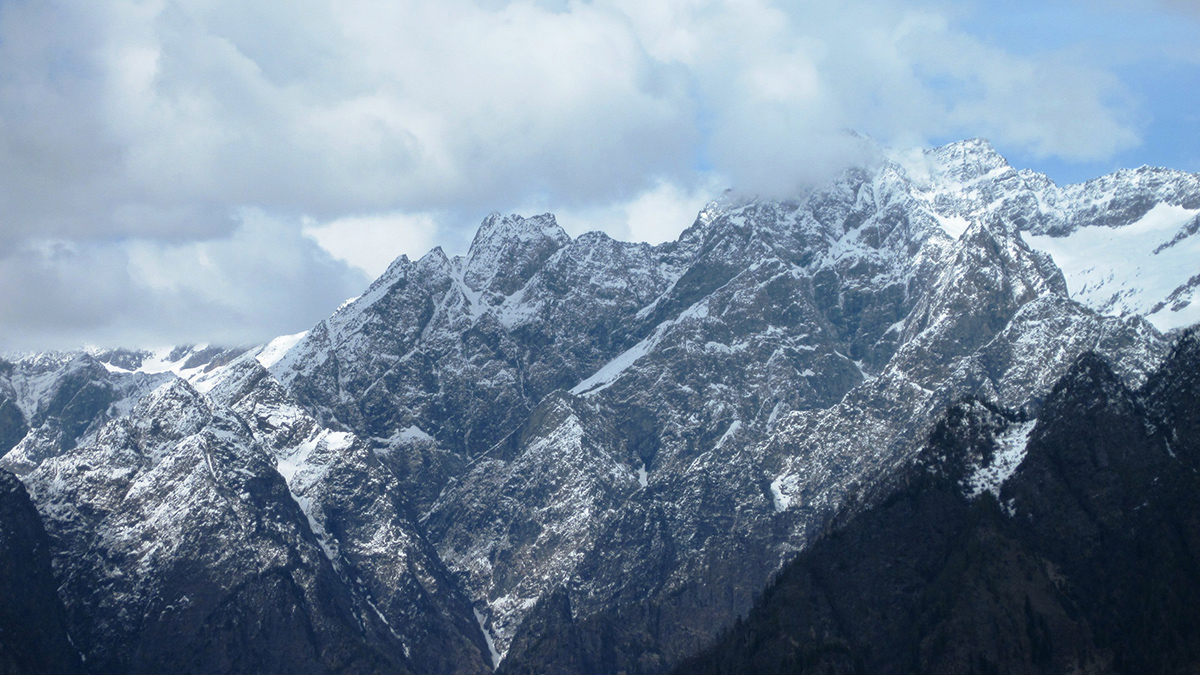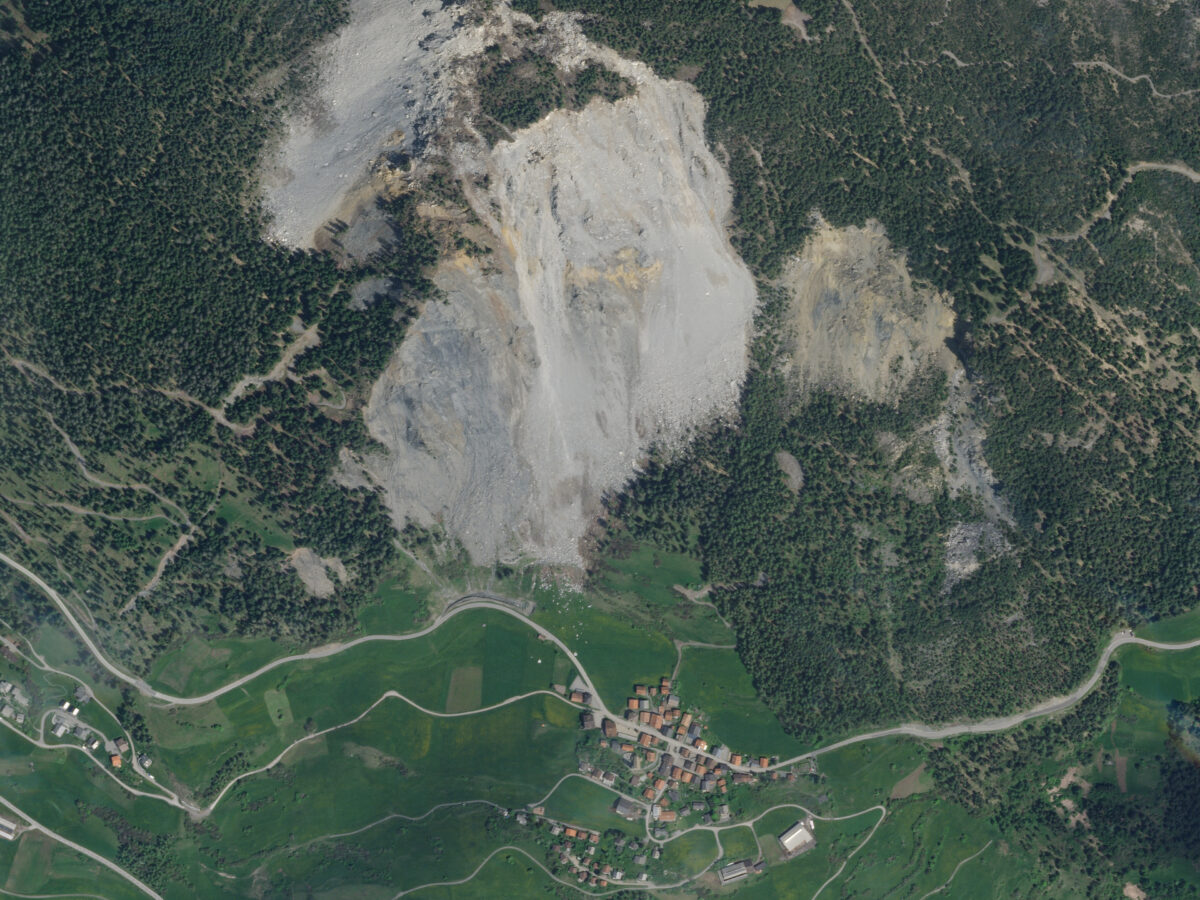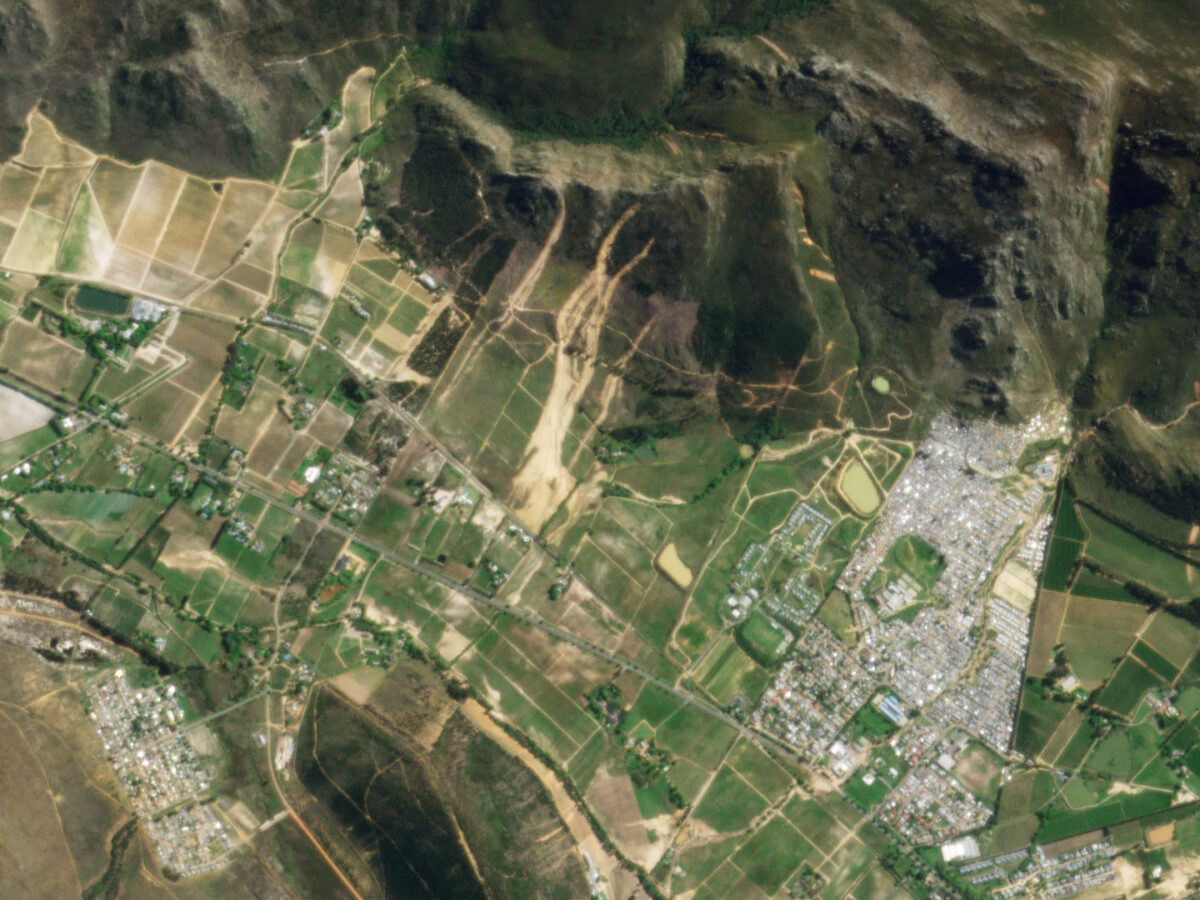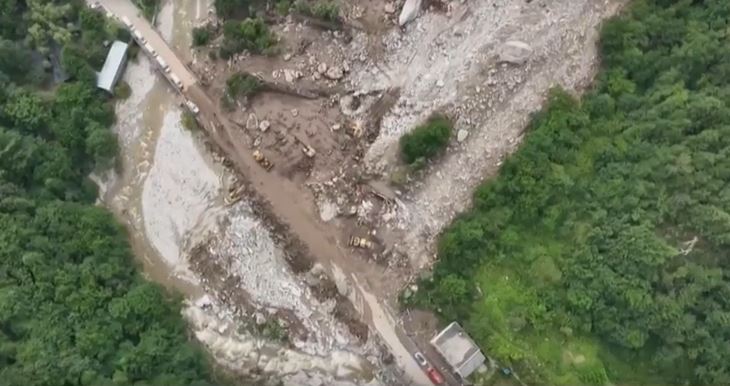Greenhouse gases are rising in the atmosphere. But how will precipitation patterns change as climate systems rise over mountain chains?
precipitation
Brienz/Brinzauls: Controls on rockfalls in high mountain environments
The Landslide Blog is written by Dave Petley, who is widely recognized as a world leader in the study and management of landslides. The availability of high temporal and spatial resolution monitoring technologies, most notably terretrial laser scanning (Lidar) and doppler radar, has transformed our ability to understand rockfalls. These systems can be deployed to […]
Planet Labs images of the landslides at Franschhoek in South Africa
The Landslide Blog is written by Dave Petley, who is widely recognized as a world leader in the study and management of landslides. Last week, I featured a set of landslides that were triggered by heavy rainfall at Franschhoek in South Africa on 23 – 24 September 2023. My good and very kind friends at […]
Meteorological Uncertainty Shapes Global Hydrological Modeling
A new study examines the effects of spatiotemporal precipitation uncertainty on key hydrologic processes, including runoff and soil moisture, in a comprehensive sample of 289 cryosphere regions.
Exploring Just How Extreme Future Storms Could Get
A novel approach to storm simulations could help prepare for increasingly heavy precipitation events.
Wet Conditions Delay Wildfire Detection
When accompanied by a considerable amount of rainfall, ignition of wildfire by lightning over forested land may not be detected until days later.
The 11 August 2023 debris flow at Weiziping in Shaanxi Province, China
27 people killed in a debris flow at Weiziping, near to Xi’an, in China.
Hudiksvall – an interesting embankment failure that caused a train derailment in Sweden
120 people have been evacuated from a derailed train near Hudiksvall after heavy rainfall brought by Storm Hans caused embankment failure
Lightning-Caused Wildfires are 80 Percent More Likely Under Dry Vegetation
Mimicking a randomized control trial of wildfires, scientists use satellites to uncover the key role of vegetation dryness in wildfire risk, aiding wildfire management and preparedness in California.
Displaced from Home and Sheltered in an Extreme Environment
Millions of people, displaced from their home countries, take refuge in areas that are highly vulnerable to extreme weather.










